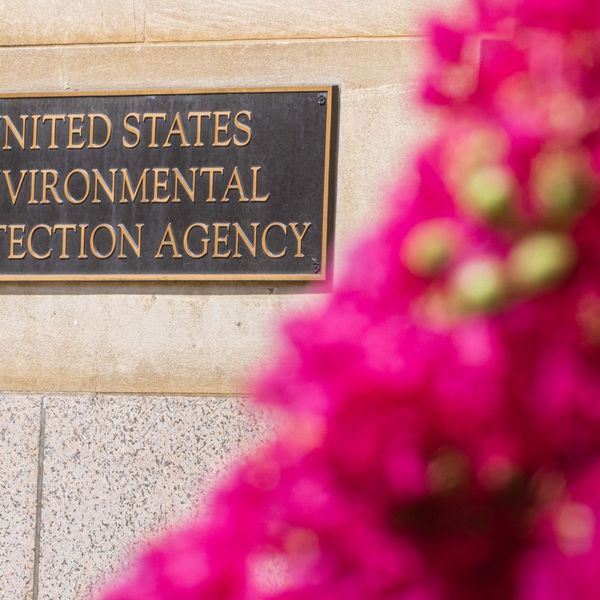Federal officials are launching a criminal investigation into the 2015 Gold King Mine spill that sent millions of gallons of toxic waste into a Colorado waterway and memorably turned portions of the state's 126-mile Animas River orange.
The Environmental Protection Agency (EPA), which caused the spill, made the announcement Monday as it sent letters to members of U.S. Congress to update them about the agency's own analysis of the spill, according to the Denver Post.
EPA's Office of the Inspector General (OIG) said the probe, launched by the U.S. Attorney's Office, part of the Department of Justice, was "based on requests from several members of the House and Senate."
The Post writes that in its report to Congress, the EPA found that
as of July 15 it has dedicated $29 million to respond to the release and for continued water quality monitoring. Officials say they are also evaluation more incident-related expenses and that they are working to expedite the distribution of those funds.
[....] A year after the Gold King spill, the EPA says it is working on more permanent solutions to tacklingmining drainage broadly and in the areas around the Gold King. The mine and 47 other surrounding sites are part of a proposed Superfund listing in San Juan County.
However, the National Wildlife Federation said "no meaningful effort has been made" since the disaster to address the complex dangers posed by abandoned mines throughout the country, the Post continues.
The spill occurred on August 5, 2015, after EPA workers cleaning up heavy metal waste at the abandoned Colorado mine accidentally unleashed the toxic materials into the Cement Creek, which feeds the Animas River. The plume spread swiftly, eventually contaminating rivers in Colorado, New Mexico, and Arizona, where communities were forced to declare states of emergency and the Navajo Nation vowed to take action against the EPA.
The contaminants seeping into the river--at a rate of 548 gallons per minute--included arsenic, copper, zinc, lead, aluminum, and cadmium. In April, the Department of the Interior found that the spill was preventable.


